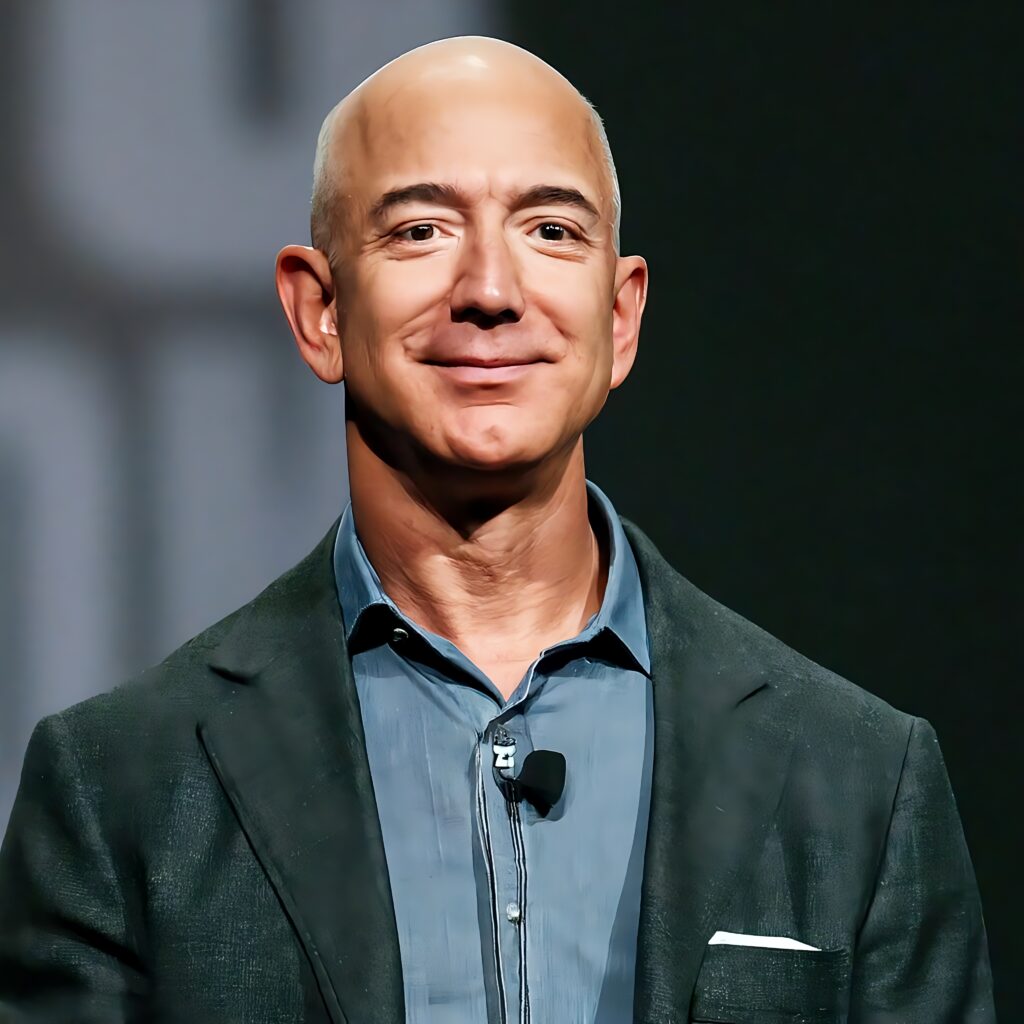The Washington Post has announced layoffs affecting nearly 100 employees, equivalent to 4% of its workforce. The decision comes as the newspaper struggles with significant financial losses. These layoffs mainly impact business-side staff, highlighting the challenges facing the iconic publication owned by Amazon founder Jeff Bezos.
Financial Pressures and Industry Challenges
The Post has faced stiff competition from digital platforms dominating the advertising market. In 2023, the paper reported a $77 million loss and declining website traffic, prompting a 10% reduction in staff through voluntary buyouts. These latest layoffs, announced Tuesday, underscore the ongoing difficulties in maintaining profitability in a rapidly evolving media landscape.
Editorial Decisions Spark Backlash
The layoffs come amid controversies over the Post’s editorial decisions and leadership. Jeff Bezos defended the paper’s controversial move to withhold an endorsement of Vice President Kamala Harris before the 2024 election. In an opinion piece, Bezos argued that the decision was necessary to counter perceptions of media bias. However, the move alienated many readers, resulting in 250,000 canceled subscriptions.
The backlash extended to the newsroom, with several high-profile departures. Investigative journalist Josh Dawsey left for The Wall Street Journal, while managing editor Matea Gold joined The New York Times. Pulitzer Prize-winning cartoonist Ann Telnaes also resigned after the Post declined to publish her satirical work criticizing Bezos and other wealthy tycoons.
Controversial Political Ties
Bezos further strained relations with staff when he pledged $1 million to President-elect Donald Trump’s inauguration fund and publicly praised Trump’s re-election as “an extraordinary political comeback.” His attendance at a Mar-a-Lago dinner with Trump added to the growing divide between Bezos and the Post’s editorial team.
Adapting to a Changing Media Landscape
The Washington Post’s challenges mirror broader struggles within the news industry as traditional outlets grapple with declining ad revenue and shifting consumer habits. As layoffs take effect, the publication faces the dual challenge of rebuilding trust among readers and adapting to a competitive digital landscape. Whether these measures will stabilize the Post’s financial and editorial future remains uncertain.
